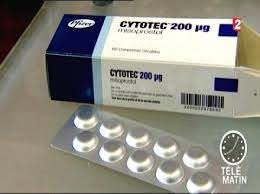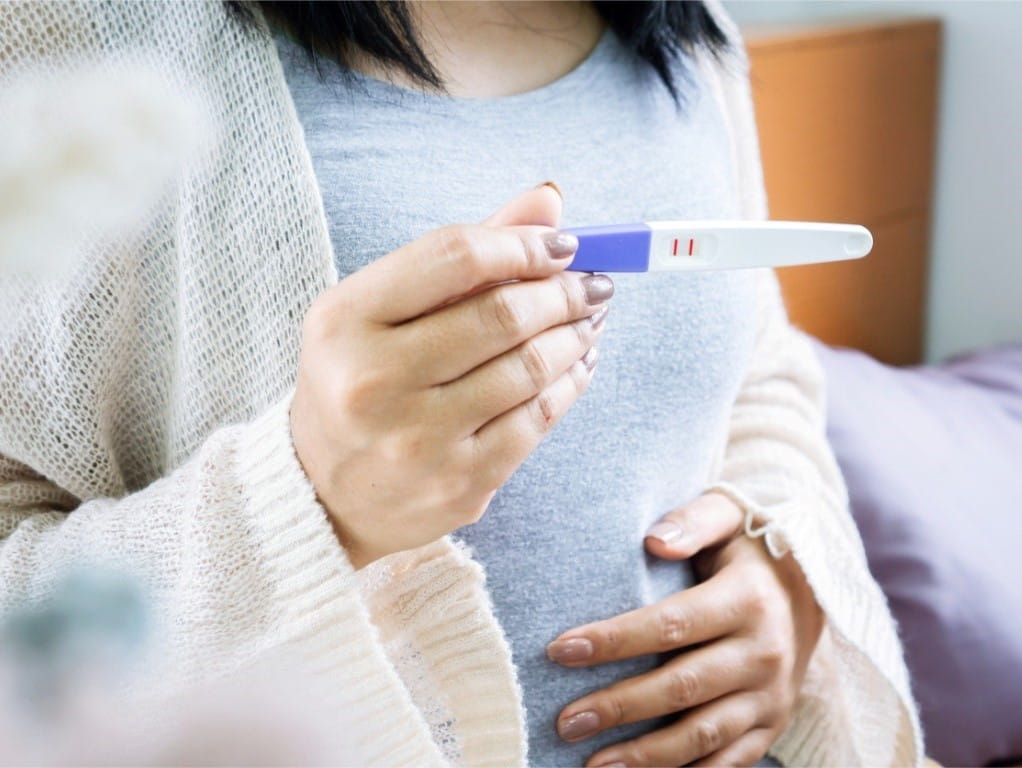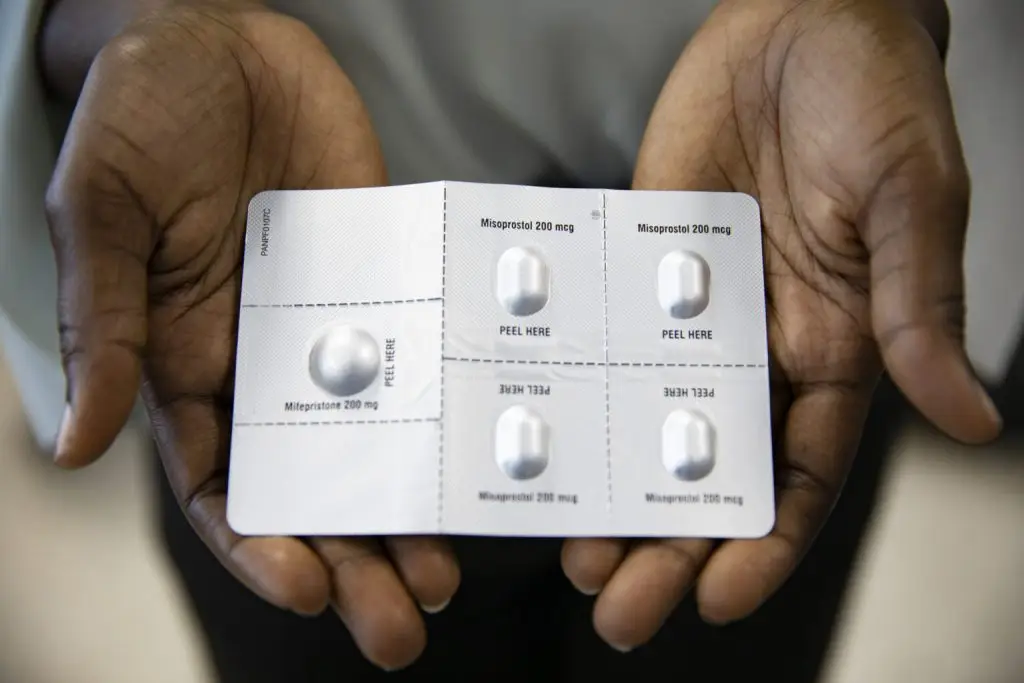Self-managed abortion or having an abortion at home under the supervision of a medical personnel via tele-abortion platforms has gradually increased especially where access pregnancy termination services is limited due to shortage of abortion clinics in remote area or tight abortion laws.
Key Point!
DIY abortions or having an abortion at home under the supervision of a medical personnel via tele-abortion platforms has gradually increased especially where access pregnancy termination services is limited due to shortage of abortion clinics in remote area or tight abortion laws.
What is a Self-Managed Abortion?
An independent abortion procedure empowers individuals to terminate a pregnancy using two recommended medications, mainly Mifepristone and Misoprostol, in the comfort and privacy of their own homes.
Mifepristone Pill works primarily by blocking the hormone progesterone, which is essential for maintaining pregnancy. Following this, Misoprostol is taken to induce contractions in the uterus to facilitate the expulsion of pregnancy tissue. This process can be conducted with supervision from a qualified medical professional through tele-abortion platforms that offer guidance and support remotely.
Alternatively, individuals may also follow meticulously detailed instructions available on reputable self-managed abortion blogs online, which provide comprehensive information about abortion pills dosages, timing, and what to expect during the process. This approach not only ensures privacy but also allows individuals greater control over their reproductive choices while still having access to necessary medical guidance when needed.
How does a DIY abortion differ from traditional abortion?
A DIY ‘ Do it Yourself” abortion procedure refers to the process where individuals take steps to end a pregnancy without direct medical supervision. Unlike traditional abortion care, which typically involves a healthcare provider performing the procedure, self-managed abortion allows individuals to obtain and use medication abortion pills, namely ru-486 and misoprostol, often through telemedicine or other accessible means, such as telemedicine abortion in the United States, can help women manage their reproductive health. This approach emphasizes the individual’s ability to self-manage their own reproductive health and make informed choices regarding their pregnancy.
Is Self-Managed Abortion Right for You?
Self-managed abortions are a viable and best abortion alternative, particularly for individuals who are within the first ten weeks of their pregnancy, because, during the early stages of pregnancy, the effectiveness of abortion medications is at its highest, allowing for a safer and more successful outcome.
However, it is imperative to also understand that certain medical conditions eg:-, individuals with pre-existing health issues such as bleeding disorders or those who are taking specific medications may face increased risks or complications when self medicating abortion medications.
Therefore, it is essential to consult with a healthcare professional before proceeding with a unsupervised abortion to ensure that one’s individual health circumstances are thoroughly evaluated and understood.
Safety Considerations:
✔ Highly Effective – When taken correctly, the pills successfully end pregnancy in most cases without medical intervention.
✔ Low Risk of Complications – The most common side effects are cramping, bleeding, nausea, and fever, which usually resolve on their own.
✔ Safer Than Unsafe Methods – Self-managed abortion with approved medications is much safer than using unregulated or harmful methods.
✔ Medical Support Recommended – While it can be done safely at home, access to emergency care is important in case of heavy bleeding or other rare complications.
When is it Unsafe?
❌ If the pregnancy is beyond 12 weeks (medical abortion is less effective and riskier).
❌ If there is a suspected ectopic pregnancy (requires immediate medical attention).
❌ If there are severe health conditions like bleeding disorders or severe anemia.
❌ If abortion pills are obtained from unverified sources or used incorrectly.
How to prepare for an at-home medication abortion
If you’re considering a do-it-yourself abortion, it’s crucial to prepare thoroughly. While self managed procedure can be safe if done under the right circumstances, ensure you’re fully informed, follow recommended medical guidelines, and, ideally, have access to a healthcare provider or support organization.
Here’s a list of essential items to have on hand:
1. Medications
- Mifepristone (if available) and Misoprostol (cytotec): These medications are often used in combination and are most effective within the first 10 weeks of pregnancy. Be sure to follow recommended dosing guidelines carefully.
- Ibuprofen or Acetaminophen: For pain management, as cramping can be intense. Avoid aspirin, as it can increase bleeding.
- Antiemetics (like meclizine or ondansetron, if available): These can help manage nausea.
2. Supplies for Comfort and Pain Management
- Heating pad or hot water bottle: Useful for managing cramps.
- Comfortable clothing Self-care practices, such as wearing comfortable underwear, can help during recovery.
- underwear: Expect bleeding and cramping; soft, loose clothing may help ease discomfort.
- Blankets and pillows: Set up a comfortable spot where you can lie down.
3. Hygiene Supplies
- Sanitary pads: Avoid tampons or menstrual cups during this time due to infection risk.
- Tissues and towels: For comfort and cleanliness.
- Waste bags: For disposal of pads or other waste.
4. Hydration and Nutrition
- Water or electrolyte drinks to stay hydrated.
- Easy-to-digest snacks: Cramping and nausea may make eating difficult, so bland foods like crackers may be helpful.
5. Emergency and Contact Information
- Contact information for a healthcare provider or a trusted abortion support organization: For any questions or in case of complications.
- Emergency plan: In case you need to seek medical help, know where the nearest hospital or safe abortion clinic is and have transportation arranged if needed.
6. Distractions and Emotional Support
- Books, music, or movies to help keep your mind occupied and reduce anxiety.
- Trusted person to accompany you, if possible: Someone who can provide emotional support and help monitor your well-being during the abortion process.
7. Miscellaneous Items
- Phone and charger: To reach out for help or check resources if needed.
- Thermometer: To monitor for any signs of fever, which could indicate an infection.
Afterward, be sure to rest and monitor yourself closely. If you experience heavy bleeding, fever, or severe pain, reach out to a healthcare professional immediately.
Recovering from the abortion

Whether the abortion medication was self-administered or performed at a clinic, recovery time-frame can vary significantly from person to person, as each individual’s experience and emotional response are shaped by various factors, including personal circumstances, physical health, and mental well-being.
Feelings such as relief, sadness, joy, or even depression can surface in response to the significant hormonal changes that occur in the body following an abortion. Therefore Therefore it is crucial to prioritize self-care during this period; giving your body the time it needs to heal is essential for both physical and emotional recovery.
How to confirm that the medication worked
It is advisable to take a home pregnancy test approximately two weeks after completing all medications or after the pregnancy has passed. Record the date and result of this test, then conduct another test one week later. If both tests return negative results, it is likely that the abortion was successful. However, if there is a discrepancy between the first and second tests (such as one being positive and the other negative), it may be necessary to perform a third test in the following week or seek advice from a doctor or healthcare professional. Should both tests yield positive results, a surgical abortion might be required to terminate the pregnancy effectively.
Be cautious not to test too early, as false-positive results can occur up to four weeks following a medication abortion due to lingering hormone levels from the previous pregnancy. It takes time for these hormone levels to normalize.
When to seek medical attention
While many individuals may choose to self-manage their abortions due to various reasons, including accessibility or personal preference, it is imperative that they remain vigilant about potential complications that can arise during or after the procedure. Patients who have taken this approach should be fully informed about the signs and symptoms that indicate a need for further medical care.
- For instance, if a person experiences excessive bleeding—defined as soaking through two or more pads in an hour for two consecutive hours—or if they notice large clots passing from the vagina, these can be alarming indicators of complications such as incomplete abortion procedure. incomplete abortion.
- Persistent abdominal pain that is severe or worsening over time may also warrant immediate medical evaluation, as it could signify underlying issues requiring intervention.
- Individuals experience fever above 100. 4°F (38°C), chills, nausea, vomiting, or any unusual discharge with a foul odor following their autonomous abortion, should not be ignore those signs as they could indicate an infection that might require antibiotics or other medical treatments.
Self-managed Abortion: Myths & Facts
- Self-managed abortion has garnered attention as an option for those seeking to end a pregnancy in the early stages, particularly within the first 12 weeks. It often involves the use of the abortion pill, particularly a combination of the abortifacient pill and
- mifepristone and misoprostol alone, which can be safely utilized through telemedicine abortion in the United States, offers a convenient option for women seeking help. self-management of medical abortion. However, the effectiveness of self-managed medication abortion and the safety and effectiveness of self-managed procedures have become topics of discussion amidst increasing legal risks and restrictions on access to safe abortion care abortion in the United States. Many individuals turn to online resources and hotlines for accurate information on how to navigate this process.
- Despite the potential for self directed abortions to be safe, the absence of accurate information about abortion can lead to complications associated with taking abortion pills.
- Despite the potential for self-directed abortion being safe, the absence of accurate information can lead to complications associated with taking abortion pills. supervision can lead to concerns about unsafe abortion may lead to serious complications practices. It is essential that individuals seek out trained health worker support abortion care guidelines and understand the risks involved in unsupervised abortions in the US has increased due to requests for self-managed medication abortion. While some may choose to self-manage their procedures, reaching out to a healthcare provider or utilizing facility-based options can provide safer alternatives. Ultimately, individuals should be aware of their options and make informed decisions regarding their reproductive health.
- Ultimately, individuals should be aware of their options and make informed decisions regarding their reproductive health, including information about pregnancy termination.
Disclaimer
Most of the information on this page was gathered from reliable sources like medical groups and trustworthy scientific journals. It is for informational purposes only and is not meant to replace any medical advice, diagnosis or treatment.
Frequently Asked Questions
Self-administered abortions carry inherent risks that individuals must carefully consider. For instance potential lack of knowledge regarding essential post-procedure care. This lack of information can lead to misunderstandings about what to expect and how to manage one’s health following the procedure.
Research indicates that self management of abortion tablets is effective in over 95% of cases when used within the first 10 weeks of pregnancy, contributing to the success of the abortion.
However, it is essential for individuals to have access to accurate information about Mifepristone and Misoprostol tablets and understand the potential risks and side effects to ensure their safety during the process.






